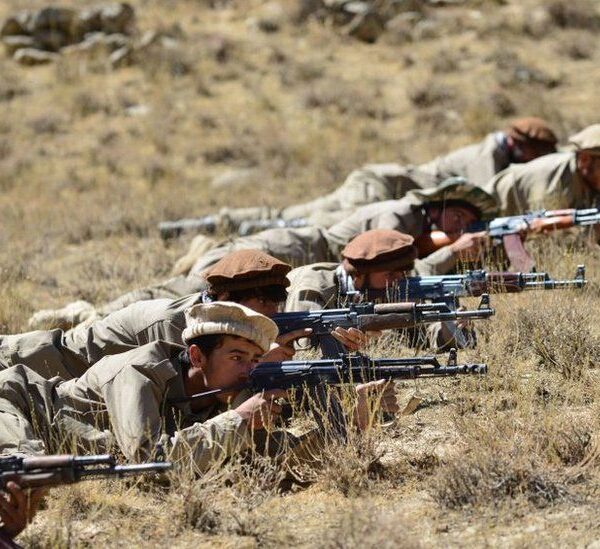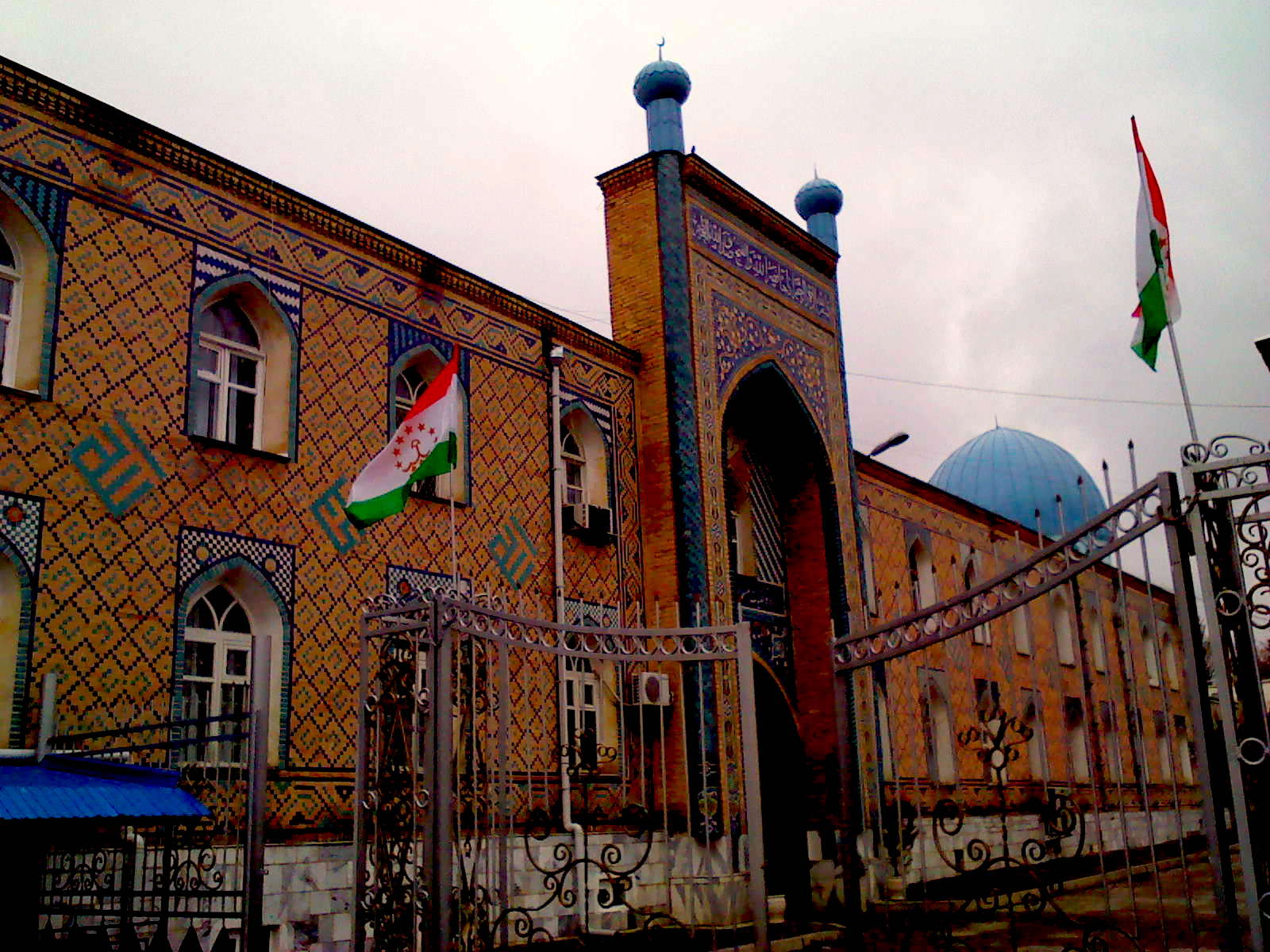
Both sides are using the current stress for their own ends, composes Vijay Prashad.
By Vijay PRASHAD
Afghanistan and Tajikistan share a 1,400-kilometer border. Just recently, a war of words has erupted between Tajikistan’s President Emomali Rahmon and the Taliban government in Kabul.
Rahmon censures the Taliban for the destabilization of Central Asia by the export of militant groups, while the Taliban leadership has implicatedTajikistan’s government of disturbance.
Earlier this summertime, Rahmon mobilized20,000 troops to the border, and held military workouts and conversationswith Russia and other members of the Collective Security Treaty Company.
Meanwhile, the representative for the Afghan government– Zabihullah Mujahid– tweeted photos of Afghan soldiers released to Takhar Province on the border of the two nations. The escalation of severe language continues. Potential customers of war between these 2 countries must not be marked down, but– provided the function Russia plays in Tajikistan– it is not likely. Russian President Vladimir Putin granting Tajik President Emomali Rahmon the Order of Alexander Nevsky in February 2017.(Kremlin.ru, CC BY 4.0, Wikimedia Commons) Panjshir Exiles On Sept. 3, Afghanistan’s previous Vice President Amrullah Saleh tweeted,” The RESISTANCE is continuing and will continue. I am here with my soil, for my soil & defending its dignity
. “A couple of days later, the Taliban took the Panjshir Valley, where Saleh had taken refuge for the past fortnight, and Saleh slipped across the border into Tajikistan. The resistance inside Afghanistan died down. From 2001, Saleh had worked closely with the Central Intelligence Agency of the United States and after that had actually ended up being the head of Afghanistan’s National Directorate of Security( 2004-2010). He had actually previously worked closely with Ahmad Shah Massoud of the conservative Jamiat-e Islami and of the Northern Alliance. Saleh got away by helicopter
to Tajikistan with Massoud’s child Ahmad. They were later on participated Tajikistan’s capital of Dushanbe by Abdul Latif Pedram, leader of the National Congress Celebration of Afghanistan. The RESISTANCE is continuing and will continue. I am here with my soil, for my soil & defending its dignity. https://t.co/FaKmUGB1mq– Amrullah Saleh (@AmrullahSaleh2)September 3, 2021 These males followed the lead of the Northern Alliance, which had taken refuge in Tajikistan’s Kulob area after the Taliban success in 1996. The personal ties between Ahmad Shah Massoud and
Tajikistan’s President Rahmon return to the early 1990s. In March, Afghanistan’s Ambassador to Tajikistan Mohammad Zahir Aghbar kept in mind that in the early 1990s Massoud told a group of Tajik fighters in Kabul,”I do not want the war in Afghanistan to be moved to Tajikistan under the banner of Islam. It is enough that our nation has been fraudulently destroyed. Go and make peace in your nation.”That Massoud had actually backed the anti-government United Tajik Opposition, led by the Islamic Renaissance Celebration, is
conveniently forgotten. Map of Afghanistan with Tajikistan to the north. (CIA, University of Texas at Austin, Wikimedia Commons)After the Taliban took Kabul on Aug. 15, and just before Saleh and Massoud got away to Dushanbe, on Sept. 2, Rahmon gave upon the late Ahmad Shah Massoud the greatest civilian award of Tajikistan, the Order of Ismoili Somoni. This security managed to the Saleh-led resistance movement, and Tajikistan’s refusal to recognize the Taliban government in Kabul sent a clear signal to the Taliban from Rahmon’s government. Rahmon says that the main reason is that he is dismayed by the Taliban’s anti-Tajik stance. However this is not entirely the case. One in 4 Afghans are Tajiks, while half of Kabul declares
Tajik origins. The economy minister– Qari Din Mohammad Hanif– is not just Tajik, but originates from the Badakhshan province that surroundsTajikistan. The genuine reason is Rahmon’s issues about local destabilization. Tajik Taliban On Sept. 11, Saidmukarram Abdulqodirzoda, the head of Tajikistan’s Islamic Council of Ulema, condemned the Taliban as being anti-Islamic in its treatment of females and in its promotion of terrorism. Abdulqodirzoda, the lead imam in Tajikistan, has actually
led a decade-long procedure to purge “extremists “from the ranks of the mosque leaders. Many foreign-trained imams have actually been replaced (Abdulqodirzoda had been trained in Islamabad, Pakistan), and foreign financing of mosques has actually been closelykept an eye on. Abdulqodirzoda often speaks about the bloody civil war that tore Tajikistan apart in between 1992 and 1997. Between 1990, when the U.S.S.R. began to collapse, and 1992, when the civil war
began, a thousand mosques– more than one a day– opened throughout the country. Saudi Arabia’s money and impact rushed into the nation, as did the impact of the conservative Afghan leaders Massoud and Gulbuddin Hekmatyar. Rahmon– as chair of the Supreme Assembly of Tajikistan( 1992-1994)and after that as president, beginning in 1994– led the battle against the Islamic Renaissance Celebration(IRP), which was ultimately crushed by 1997. The ghost of the civil war reappeared in 2010, when Mullah Amriddin Tabarov, a leader in the IRP, founded Jamaat Ansarullah. Great Mosque in Dushanbe, Tajikistan, in 2013.(Soman, CC BY-SA 3.0, Wikimedia Cocons)In 1997, Tabarov ran away to join the Islamic Motion of Uzbekistan(IMU),
among the fiercest of the extremist groups in that period. The IMU and Tabarov developed close ties with Al Qaeda, fleeing Afghanistan and Uzbekistan after the U.S. invasion of 2001 for Iraq, later Syria. Tabarov was captured by the Afghan federal government of Ashraf Ghani in July 2015 and killed. As the Taliban started to make gains in Afghanistan late in 2015, a thousand Ansarullah fighters got here
from their sojourn with the Islamic State in Syria and Iraq. When Darwaz fell to the Taliban in November 2020, it was these Ansarullah
fighters who took the lead. Tajikistan’s Rahmon has made it clear that he fears a spillover of Ansarullah into his country, dragging it back into the war of the 1990s. The worry of that war has actually enabled Rahmon to remain in power, utilizing every means to squash any democratic opening in Tajikistan. In mid-September, Dushanbe hosted the 21st meeting of the Shanghai Cooperation Organization Council of the Heads of State. Pakistan’s Prime MinisterImran Khan had a number of talks with Rahmon about the situation in Afghanistan. As the war of words escalated, Khan called Rahmon on Oct. 3 to ask that the stress be lowered. Russia and China have actually also called for restraint. It is unlikely that weapons will be fired throughout the border; neither Dushanbe nor Kabul
wish to see that outcome. However both sides are using the stress for their own ends– for Rahmon, to ensure that the Taliban will keep Ansarullah in check, and for the Taliban, for Rahmon to acknowledge their federal government. Globetrotter by means of consortiumnews.com


